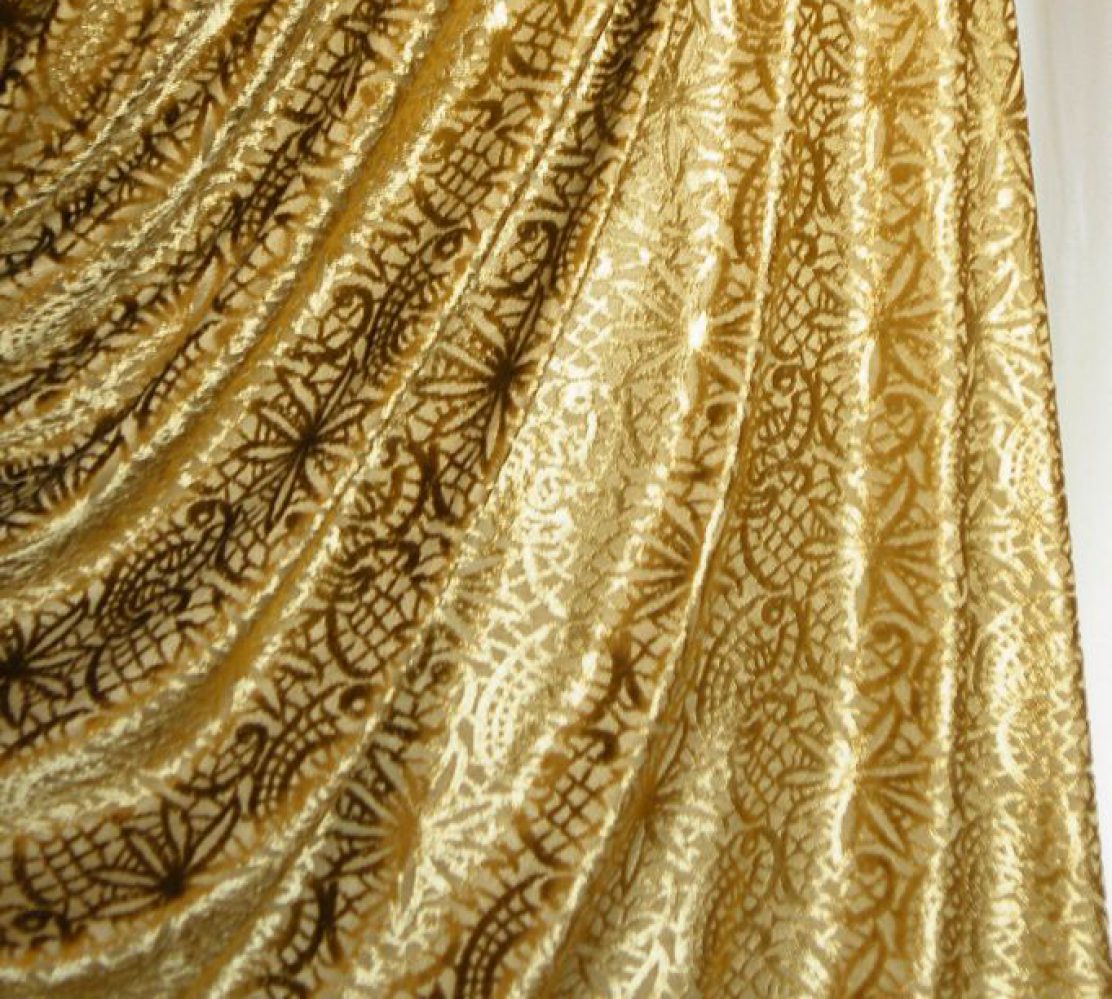Not to let the little scraps from my latest muslins go to waste, I used them up wearable-muslining yet another raglan T remake. The original was Burdastyle 2010-02-122 first in a Breton stripe with hardly any alterations, then again in a scratchy glittery pinky number with alterations based on a previous knit block. This time I decided to recreate the style-lines using my own blocks.
Style Shots & Mug Shots
WORN WITH: 1-2 Self-drafted pencil skirt
The Design & Pattern
Block Used:
Dartless Raglan Fitted Knit Top Block (Bodice & Sleeve)
Because there’s slight difference in shoulder slope between my Darted and Dartless Knit Blocks, I decide to draft the Dartless Raglan separately rather just cover over the style-lines and hope for the best. The approach is exactly the same as for my Dartless Raglan Block Test 3.
Design Changes Made
- Lowered necklines and shorten sleeves & hem.
- Added underbust seam. The back one wasn’t really necessary, but I didn’t have big enough scrap to cut the back as one piece.
- Added a little bit ease to side seams and sleeve seams for a skimming not tight look.
- Pivot the side bust dart to CF.
- Slash and spread the front bust piece. With my current Do-It-With-Conviction mindset, I decided that the Burda original’s bust ruching was too wimpy and the mostly horizontal ruching risk a repeat of the mono-boob look which I rejected in the guise of Burda 2013-03-113 (now given away). So I spread the splashes the full arch from raglan seam to underbust seam for a startburst effect (rather than just to the side seam). The Burda original had curved CF. Mine came out rather straight. And since I was also worried that CF neckline might gap, I curved my CF an extra 3/4″ and shorten my bust pieces neckline by easing 1/2″ into stablizing Vilene Bias Tape.
The result of these changes, as you see in the first fitting above, wasn’t pretty. My overzealous bust ease + side seam ease + front neckline shortening resulted in a deflated PVC balloon look. By this point I had already finished the neckline, and my eye-sight too old to cope with unpicking. The only things I could do were:
- Tighten the bodice by removing the side seam ease and the bust CF curved ease.
- Unpick the CF seams from the neckline down just enough to lengthen the neckline back to what it is in the pattern.
These seem to have helped a bit. The bust doesn’t look so bad now.
Fabric & Notions Used
- 95% polyester 5% lycra black micro semi-wet-look knit from Tissu Fabrics with 50% horizontal + 20% vertical stretch.
- Notions: Vilene Bias Tape.
- Tools: Walking foot, spray starch
Construction Notes
- Only the neckline was stablized with Vilene Bias Tape. The Burda original have you stablize the raglan seams as well. Unlike with normal shoulder seams for long sleeve knit garments, I never found any conclusive advice whether raglan seams need stablization. Since my armholes feel a bit on the tight side I decide to leave these seams stretchable for more comfort.
- My sewing order: CF bust seam > Underbust seams + Raglan seams > Finish neckline > Hand pleat bust & tack CF loop in place at neckline and inside underbust seam > Sleeve – Side seams > Hems
 For bust ruching I prefer irregular hand pleating rather than machine gathering. I find with fabric that aren’t heavy/drapy gathering result in unsightly puffiness. Irregular hand pleating produce more natural looking drapes.
For bust ruching I prefer irregular hand pleating rather than machine gathering. I find with fabric that aren’t heavy/drapy gathering result in unsightly puffiness. Irregular hand pleating produce more natural looking drapes.
The Verdict
Again a very wearable muslin. But I’m still on the fence about my over-zealous bust ruching. I will have to study photos of this type of design detail more carefully and figure out how exactly I’d like bust ruching to look. As Clio commented on my Instagram preview of my first fitting…
There really is a “just right” amount when it comes to ruching on the bust, isn’t there?!?!









































































